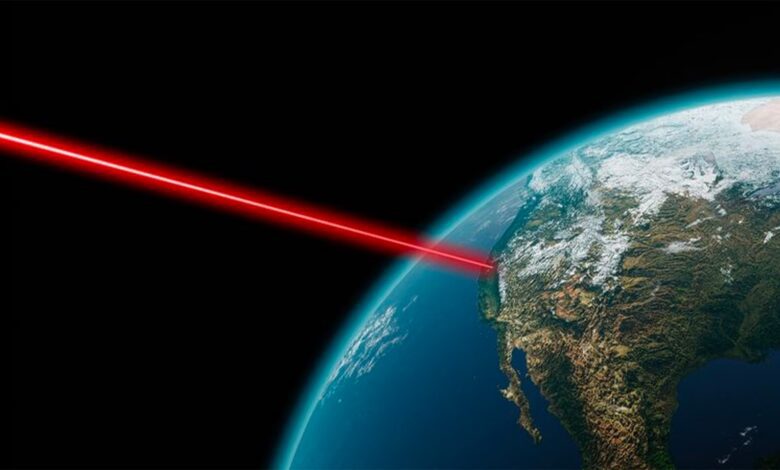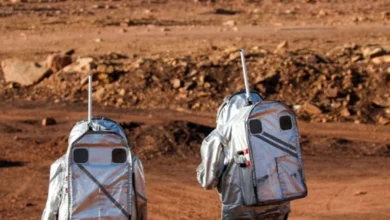NASA’s Psyche spacecraft transmits laser signal back to Earth from 16 million kilometers distance
This was made possible by the Deep Space Optical Communications (DSOC).

In a major achievement, NASA’s Psyche spacecraft has made history by transmitting a laser-beamed message back to Earth from a record-breaking distance far beyond the Moon. This breakthrough signifies a new era in how spacecraft may communicate in the future and unveils new possibilities in optical technology. All was made possible by the Deep Space Optical Communications (DSOC).
The DSOC, a two-year tech experiment embarked on by NASA, achieved this breakthrough by directing a near-infrared laser carrying test data from its position, an astonishing 16 million kilometers away from Earth. That’s 40 times farther than the distance between the Moon and Earth. The laser signal that made the long journey was received by the Hale Telescope at California’s Palomar Observatory.
“Achieving first light is one of many critical DSOC milestones paving the way toward high-data-rate communications capable of sending scientific information, high-definition imagery, and streaming video in support of humanity’s next giant leap: sending humans to Mars.” – Trudy Kortes, Director of Technology Demonstrations at NASA HQ
DSOC’s goal is to showcase data transmission rates that are anywhere from 10 to 100 times greater than the current top radio communication systems NASA employs. The adoption of optical communication could revolutionize data transmission for future space missions, allowing for higher-resolution scientific instruments and faster communication on deep space missions. We may even see live streams from the surface of Mars.
However, maintaining pinpoint precision for long-distance optical communication presents challenges. As distance increases, the signal strength weakens and communication lag times lengthen. For the November 14 test, the photons needed about 50 seconds to travel from Psyche to Earth. As Psyche continues its journey, this time is expected to stretch to roughly 20 minutes, requiring constant adjustments for the ever-changing positions of Earth and the spacecraft.
“It was a formidable challenge, and we have a lot more work to do, but for a short time, we were able to transmit, receive, and decode some data,” opined Meera Srinivasan, Operation Lead for DSOC at JPL.
You might also be intersted in – ‘Aliens are out there’: NASA’s Director of UAP research reveals UFOs’ threat to US Airspace



